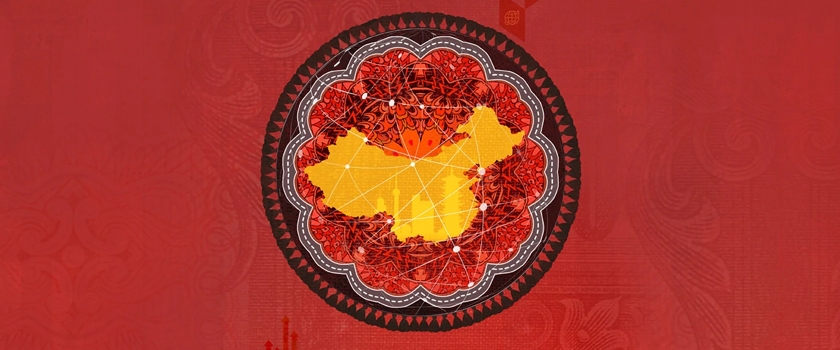There are many fixed patterns in Chinese, like “没…没…”, “左…右…”, “半…不…”, “东…西…”,etc. They are used frequently in oral expressions, making the language more vivid and idiomatic.
The characteristics of these patterns are as follows:
First, most of them are made of four characters and the structures of the two parts are the same. For example, “没大没小”“没完没了” “左思右想” “左顾右盼”, and so on.
Second, two characters in this kind of structure are the other two inserted characters may change, but not at random. The meaning of the inserted part must be related to the fixed part and follow the fixed sequence. For example, “东奔西跑”, “东倒西歪”and “东躲西藏” cannot be changed into “西跑东奔”, “西倒东歪”or “躲东藏西”.
Third, beside the literal meaning, most of these patterns imply tones and moods, mostly expressing a derogatory sense or dissatisfaction. For example, a wife cooked a dish specially for her husband, but the husband wasn’t very interested in that dish. He didn’t even bother to have a taste. Seeing this, the wife said “你爱吃不吃”.
Read Also: Distinguish Simplified Chinese Characters
The literal meaning is “you may eat or not eat, it’s all right”. But the discontented mood is obvious. The pattern “半…不…” can form “半新不旧” “半生不熟” “半死不活” and so on. The two characters after the “半” and “不” are opposite in meaning. This pattern describes a kind of intermediate state or quality with a tone of detestation.
Are you looking for Chinese Translation? We are here for your assistance.



